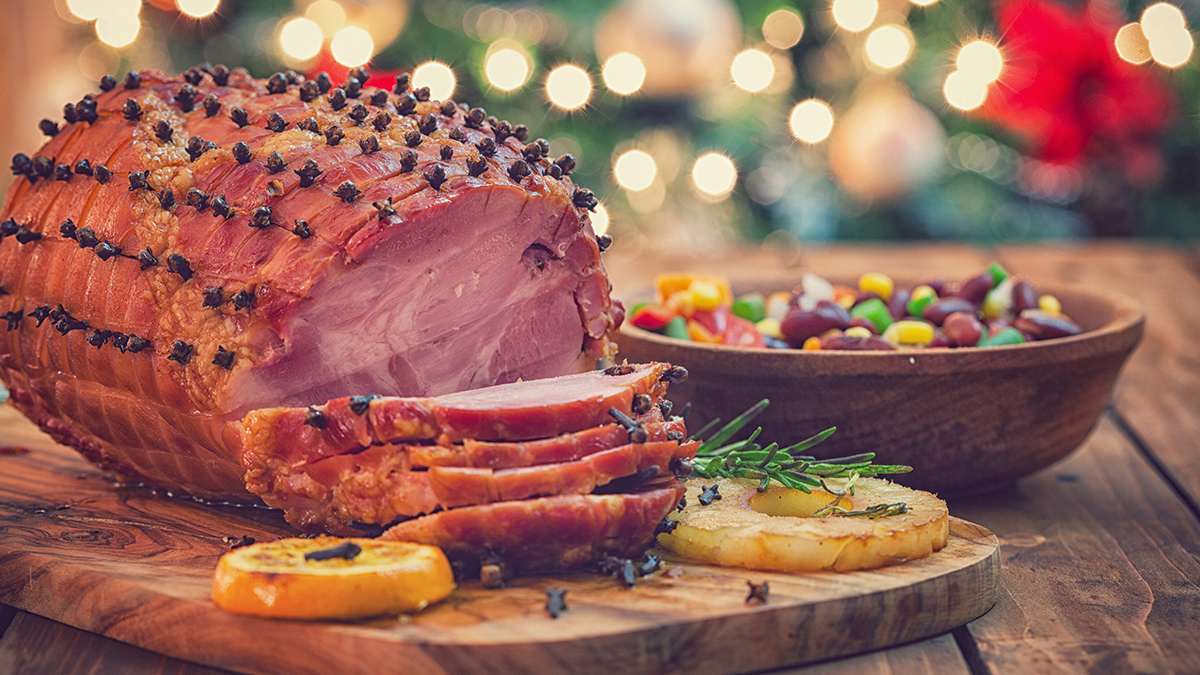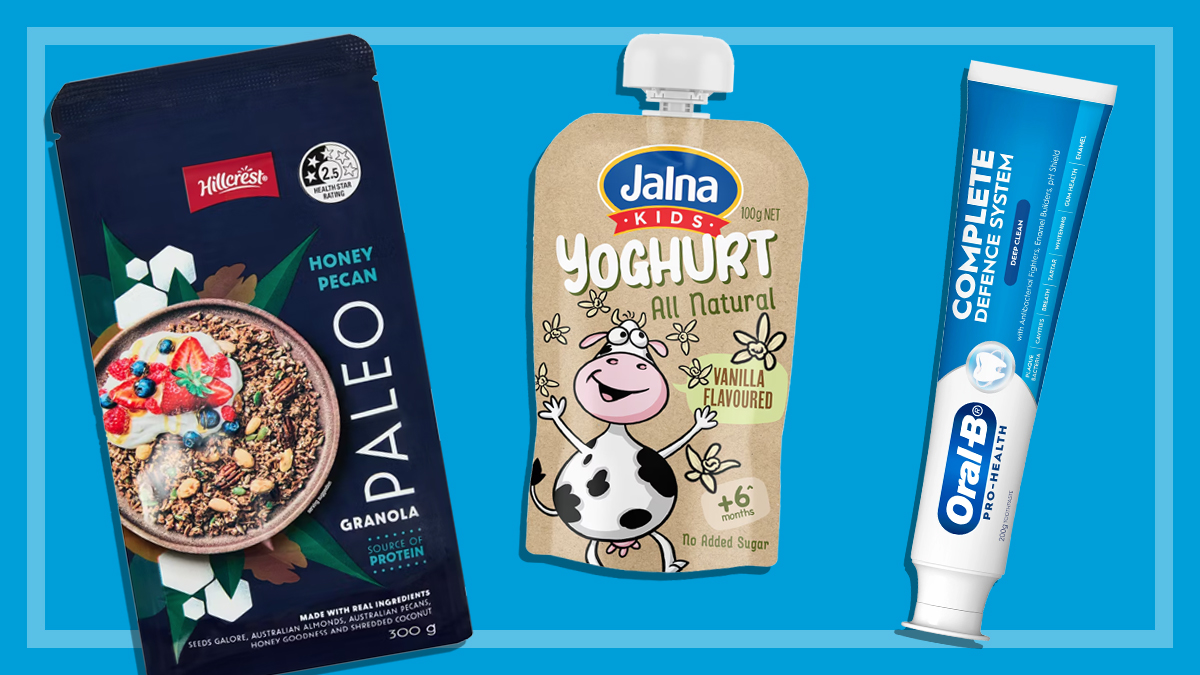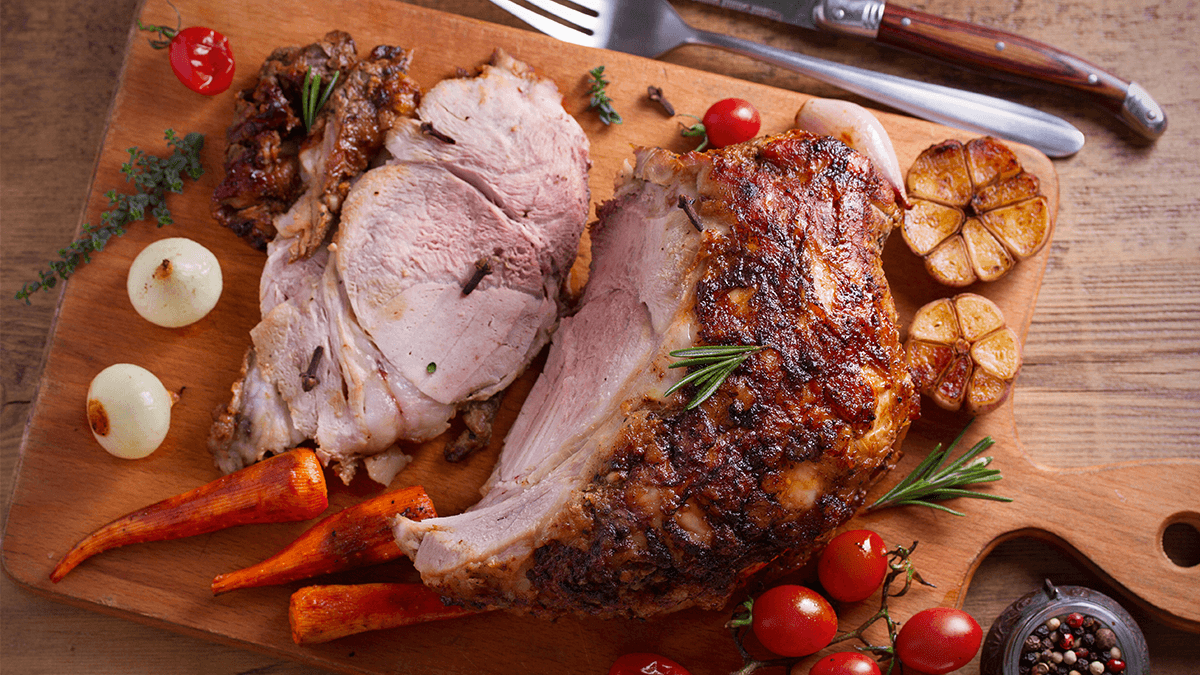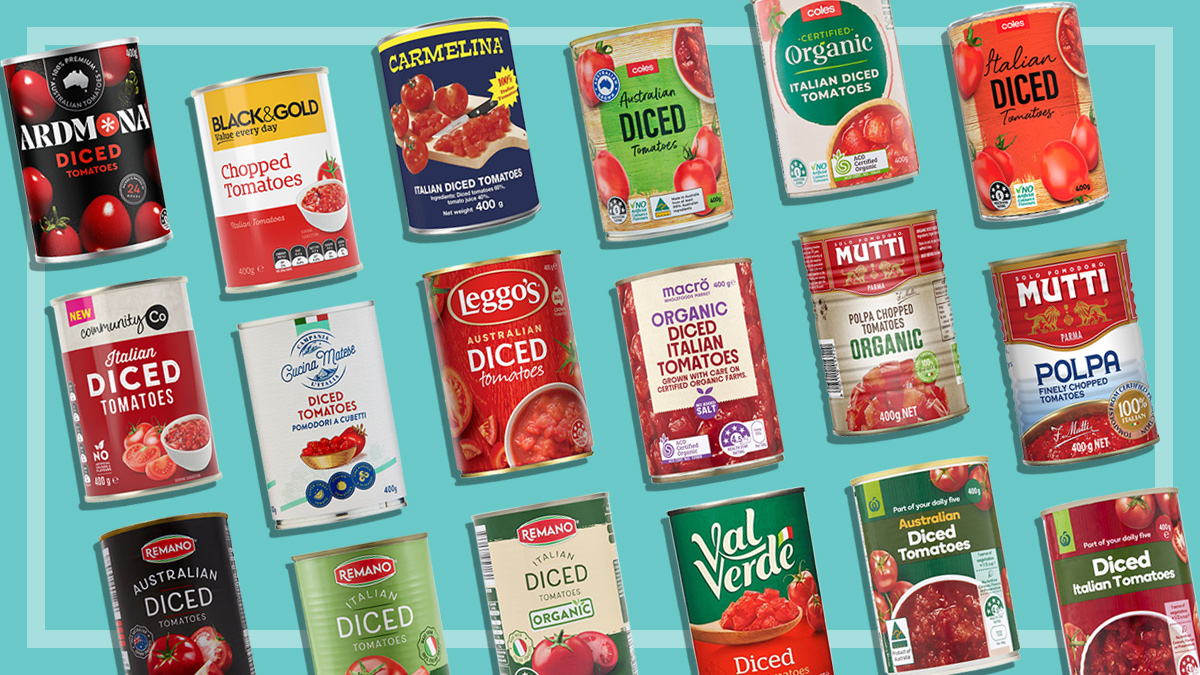Get our independent lab tests, expert reviews and honest advice.
How healthy are instant noodles?
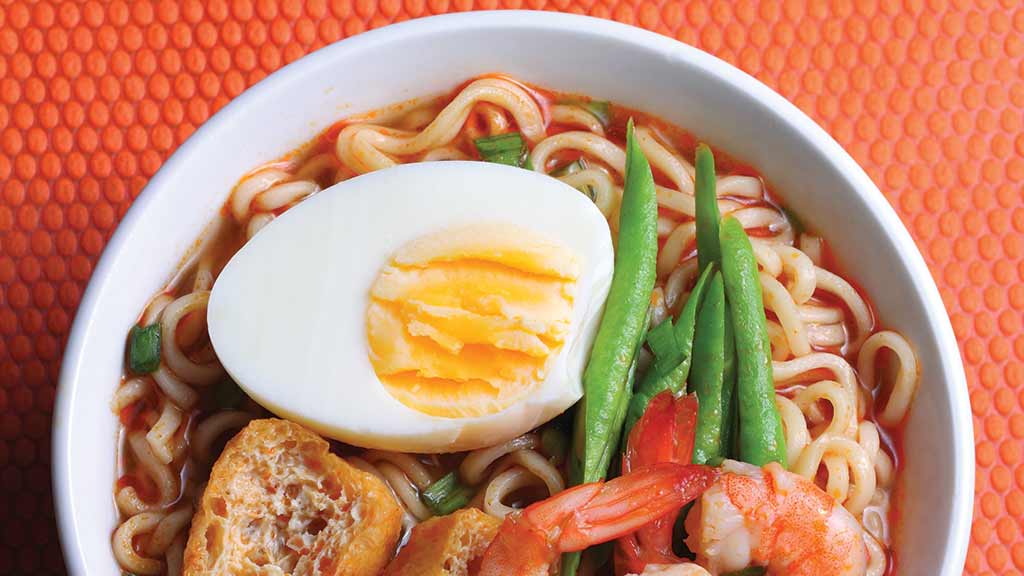
When the ravenous beasts get home from school, instant noodles are an instant hit. Whether in soupy stock, drained or, kids being kids, eaten raw straight from the packet, they’re a salty, fatty taste sensation, for children of all ages.
Trouble is, they’re not always the healthiest of foods – even potato chips rate better! But it’s possible, with a little info on the problem areas, to make better choices.
Untangling noodle types
Instant noodles come in three basic types:
Packet noodles
These lend themselves to customisation, with proteins such as eggs or tinned fish or vegetables easily added (yeah, okay, maybe not for kids).
Cups and bowls
These are convenient because no extra equipment is needed. They’re more expensive than packet noodles and create more waste; on the other hand, they’re perfect for kids who can boil a kettle but can’t use the stove (or the dishwasher). Bowls tend to include more additions and sachets such as dried vegetables, seafood and meats.
Energy
When prepared and served as directed, instant noodles contain up to a quarter of the average adult daily kilojoule consumption of 8700kJ – so maybe more of a meal than a snack. Serving size is just part of the difference between varieties; the amount of fat is another, with fat content ranging from less than 1% to 25%.
Fat
The ‘instant’ in instant noodles comes thanks to their cooking prior to packaging. The raw noodles are steamed and then deep fried in oil to remove the moisture and improve shelf life. This frying makes instant noodles higher in fat than fresh or air/oven dried noodles (low fat instant noodles are air- or oven-dried after cooking).
Unfortunately, the most commonly used oil is palm oil which is high in saturated fat. It’s cheap, can withstand high heat and has a longer shelf life than other oils. Additional fats can sometimes be found in the very tasty seasonings. Malaysian brand Mamee uses corn oil in its chicken noodle snacks and is phasing out the use of palm oil in other products.
Salt
The World Health Organization recommends a maximum of 2000mg of sodium per day (equivalent to 5g of salt) for adults. The Australian Dietary Guidelines recommend a maximum of 2300mg for adults and children 14 and older. Acceptable maximum sodium intake for kids is lower, ranging from 1000mg for kids under three, 1400mg for ages four to eight and 2000mg for ages nine to 13.
Some instant noodle meals contain more than 100% of an adult’s acceptable daily sodium. That’s right, more than 100%. In one hit. Several others hover in the high 90s. Many more contribute over 100% of a child’s acceptable limit.
Most of the sodium is in the sachets, rather than the noodles, so the simplest way to reduce the salt is to drain the noodles, use only part of the flavour sachet or dispense with it altogether. See ‘Noodle hacks’, below, for more tips on making noodles healthier.
Carbohydrates
Carbohydrates are a valuable source of energy, but some forms are better than others. Instant noodles are made mostly from white wheat flour, with other starches including tapioca and potato sometimes added. They’re low in fibre and don’t keep you feeling full for long. Maggi’s ‘invisible wholegrain’ noodles contain 6g of wholegrain, contributing to the daily recommendation of 48g of wholegrains per day for adults and children nine years and older.
Best options

Sold without salty seasoning sachets, AYAM 99% Fat Free Instant Noodles contain no saturated fat and little sodium, with a Health Star Rating* of 4 stars.
The following products rated 3.5 stars, and tend to be lower in sodium and saturated fat than other products:
- FANTASTIC Glass noodles
- MAGGI 2 Minute Noodles 99% Fat Free Beef/Chicken
- MAGGI 2 Minute Noodles with Invisible Wholegrain Chicken/Tomato
- MAGGI 2 Minute Noodles Beef/Chicken/Chicken & Corn/Curry/Oriental
- MAGGI Cup Noodles Oriental flavour
- SIMPLEE (Aldi) Cup Noodles Oriental/Beef
- SIMPLEE (Aldi) 2 Minute Noodles Beef/Chicken
*Health Star Ratings are based on the kilojoules, saturated fat, sugars, sodium, protein and fibre in 100 grams or mL of the product, as well its fruit, vegetable, nut or legume content.
Sometimes foods

Nong Shim noodles from Korea and Nissin from Hong Kong are typically high in sodium, and many varieties rate only half a star – the lowest possible rating.
Noodle hacks
- Drain the noodles to reduce salt, most of which is in the seasoning. Some of the fat may also be washed away.
- Throw away the seasoning sachet, use only some of it, cook in salt-reduced stock powder or plain water, or add non-salty flavourings during or after cooking (see ‘Spice it up’, below, for ideas).
- Use polyunsaturated or monounsaturated oils, or fat-free flavourings, instead of the palm oil sachet (if there’s one included).
- Miso paste, fish sauce and soy sauce add flavour, but can be high in sodium.
- Spice it up with sesame oil, sambal oelek, kecap manis, garlic oil, coriander leaves, mint, basil, sliced spring onions, fried shallots or a squeeze of lime.
- Add an egg – a sliced hard boiled egg or a fried egg or, if you’re cooking in a saucepan, crack the egg into the softened noodles and poach it.
- Leafy vegetables like baby spinach or thinly sliced cabbage can be stirred into the noodles right before serving and will soften up quickly; bean sprouts or sliced snow peas will add some crunch.
What to look for
Noodles manufactured for the Australian market often have a daily intake panel showing how much one serving of the noodles will contribute to the maximum daily intakes for energy, fat, saturated fat, sugars and sodium.
If you plan to eat them with all the inclusions, look for ones lower in saturated fat and sodium. Keep in mind these percentages are based on an adult diet – kids tolerate less salt, so refer to the nutrition information panel and compare the sodium per serve with the recommended levels.
You could also consider some noodley alternatives. CHANG’S Long Life Noodles rate 4 stars, and ingredients are flour, salt and water. No added fat, no additives. They take three minutes to cook – an extra minute worth waiting in our opinion.
Another alternative is shelf stable ‘fresh’ noodles. These noodles are already cooked and ready to eat, and need only be run under boiling water (or even hot tap water for kids) to be warmed up and teased apart. KAN TONG Singapore Shelf Fresh Noodles are thin wheat-based noodles with 4 stars, and no added fat.
What do the experts say?
We had five parents try out some of the chicken-flavoured MAGGI noodles on their kids, ranging from five to 17 years old. They all liked the standard 2 minute noodles, most liked the cup noodles, and the ‘invisible wholegrain’ were a hit – most kids liked the slightly firmer texture and they weren’t too salty. The 99% fat free were the least favourite in both taste and texture.
Given the wholegrain noodles offer the added benefit of wholegrain and are also low in fat, they’re definitely worth a try but you may want to tinker with the cooking time to get the texture you prefer.

